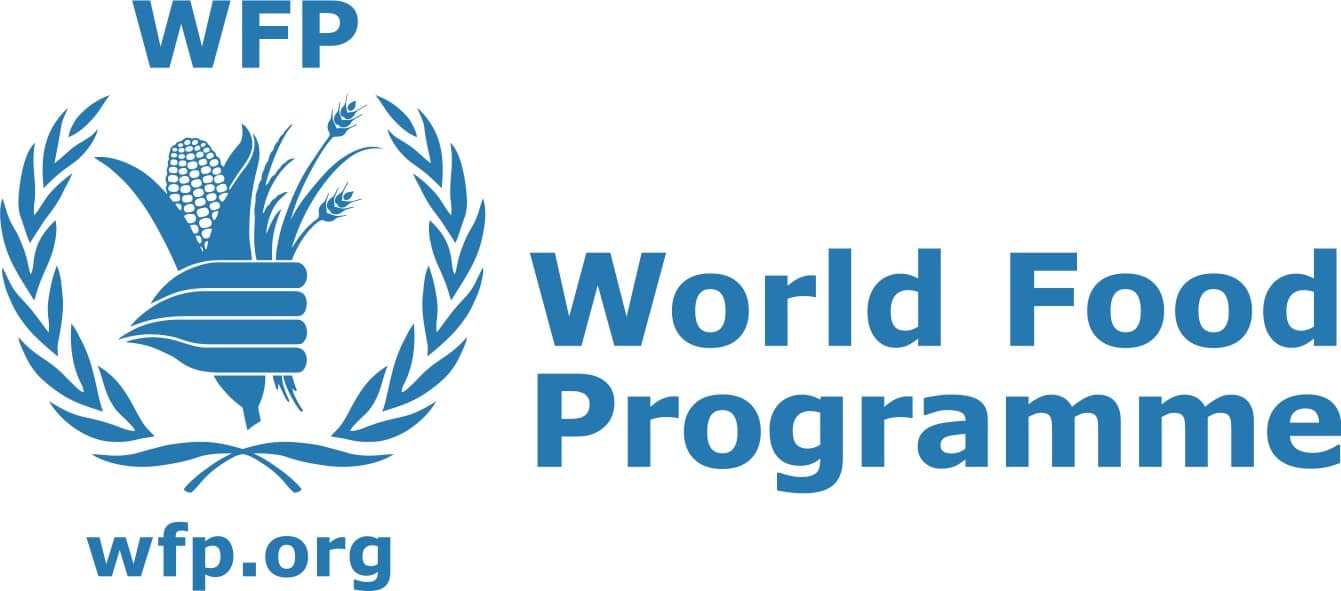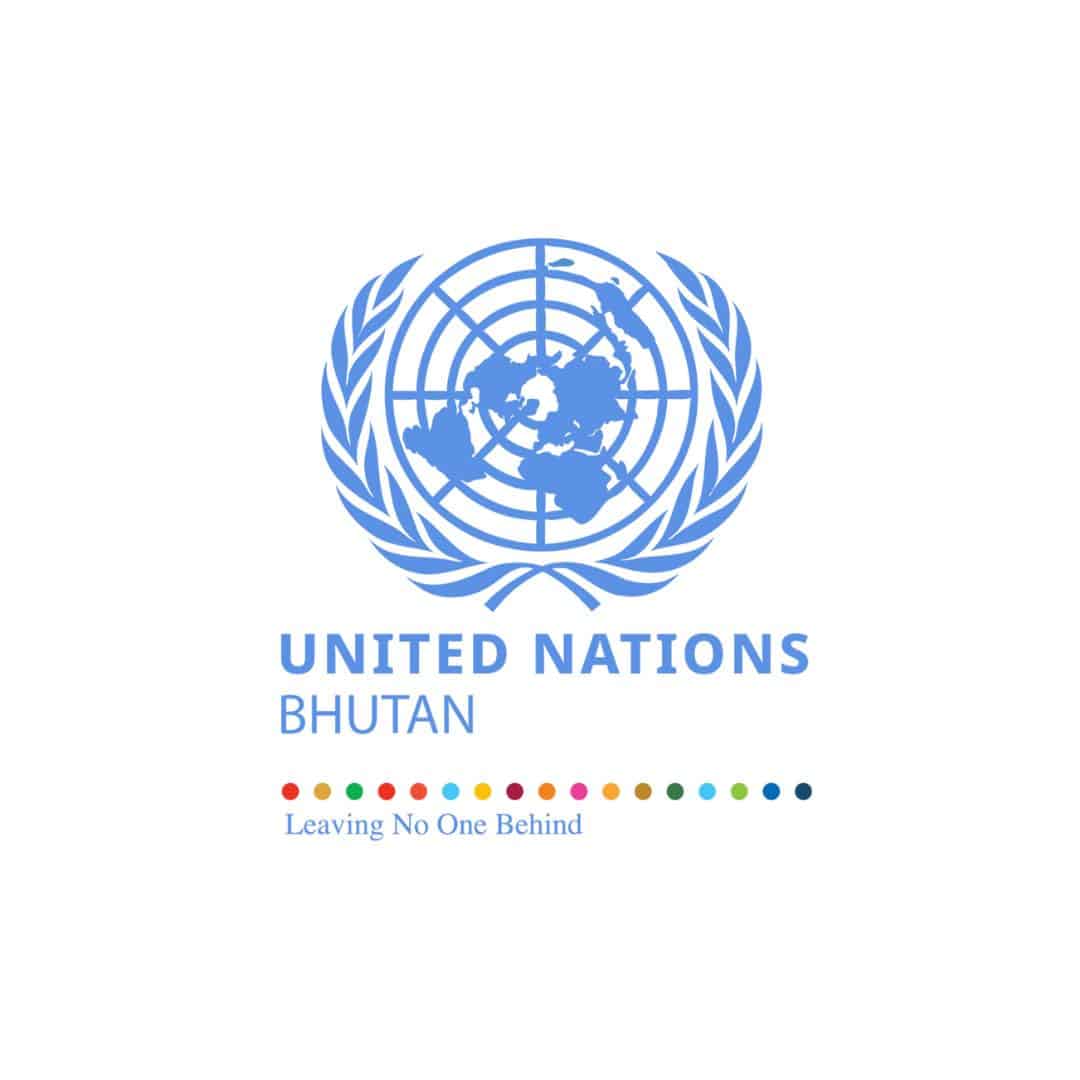The budget for in-country travel for the year 2012-13 to 2016-17 was Nu.8,130.92mn, which constituted 8.09 % of the country’s current budget.
Of the total in-country travel expenditures, the 20 Dzongkhags incurred Nu.3,587.7mn during the period 2012-13 to 2016-17, representing 42.43%, followed by the 10 ministries accounting for 38.49% and 38 autonomous agencies accounting for 19.07%.
Among the 10 ministries, Ministry of Agriculture and Forests (MoAF) incurred the maximum in-country travel expenditures, accounting for 45.18% amounting Nu 1,470mn between 2012-13 to 2016-17 followed by the Ministry of Home and Cultural Affairs with 14.35% amounting Nu 467M and the least was recorded by the Ministry of Foreign Affairs (MoAF) with 0.72% amounting to Nu 23.4mn.
Among the Dzongkhags, Trashigang incurred the highest, accounting for 8.83 % with Nu 318mn followed by Samtse with 8.27% accounting for Nu 296mn of the total during the period 2012-13 to 2016-17. Gasa recorded the least with 2.52% amounting Nu 90.37mn.
For the years 2012-13 to 2016-17, of the total current expenditure of Nu104,079.9mn, an expenditure of Nu.8,453.66mn was incurred for in-country travel expenditure. It is the third highest current expenditure item after pay and allowances and interest payment which accounted for 8.12% of the total current expenditure of the government. The summary of in-country travel expenditure vis-à-vis total current expenditure during the period 2012-13 and 2016-17 were depicted.
Based on the report generated from the Audit Information Management System (AIMS) of the Royal Audit Authority (RAA), for the financial years 2012-13 to 2015-16, an amount of Nu.8.5 mn has been recorded as financial lapses related to travel claims without performing the tour, irregular/inadmissible payments and travel payments made without adequate supporting documents.
RAA observed that several travel claims were made apparently without performing the tours and inadequate control mechanisms in the management of travel budget. The system of paying ‘Dholam’ and Porter Pony in some places has become irrelevant due to development of roads and other facilities.
Existing provisions of requiring 8 hours absence from the work station to claim half DA and 12 hours absence or more to claim full DA encourages manipulation of time for claiming TA/DA. The RAA observed rampant practices of irrational TA/DA claims in various organizations.
It was also evident that travel procedures in place and rules governing travels were not adhered to by the agencies resulting into uneconomic travel expenditures.
Some of the significant deficiencies and weaknesses observed by RAA were inconsistent provision in the travel rules were observed, travel budgets were not used wisely as most of the agencies exhausted travel budget much before the year-end.
RAA also observed that frequent travel were found performed by officials and other staffs for activities not directly related to their job responsibilities, claiming TA/DA without performing travels for which TA/DA were not admissible.
The report also found lack of standardized route inventory leading to inconsistencies in the mileage claims by the agencies and instances of approving Dholam by the Dongkhang Tshogdue despite places being connected by roads and availability of public transport were observed.
Tshering from Thimphu














